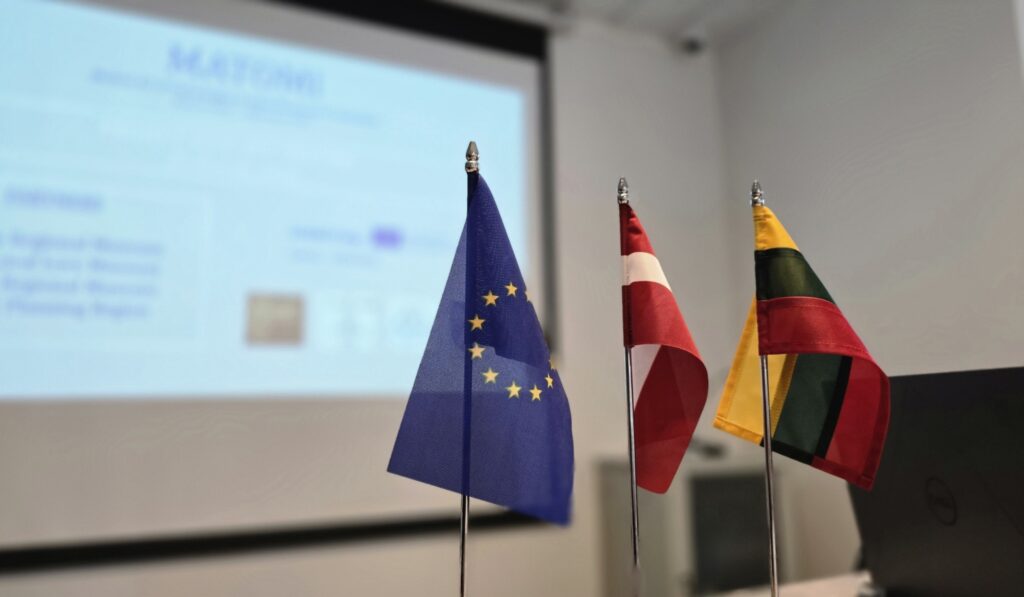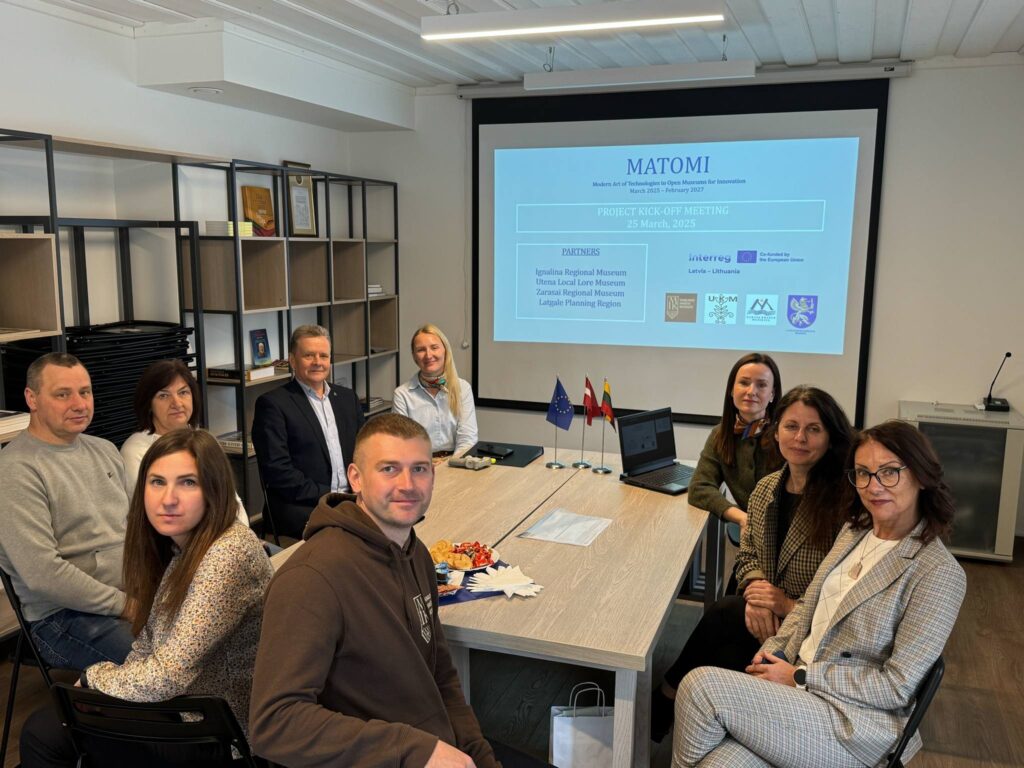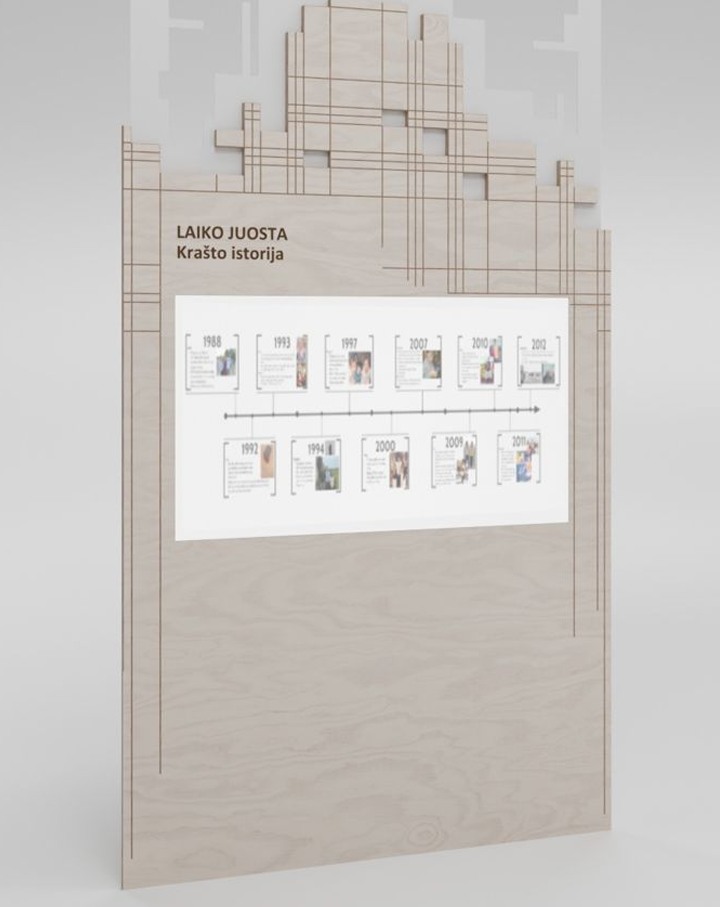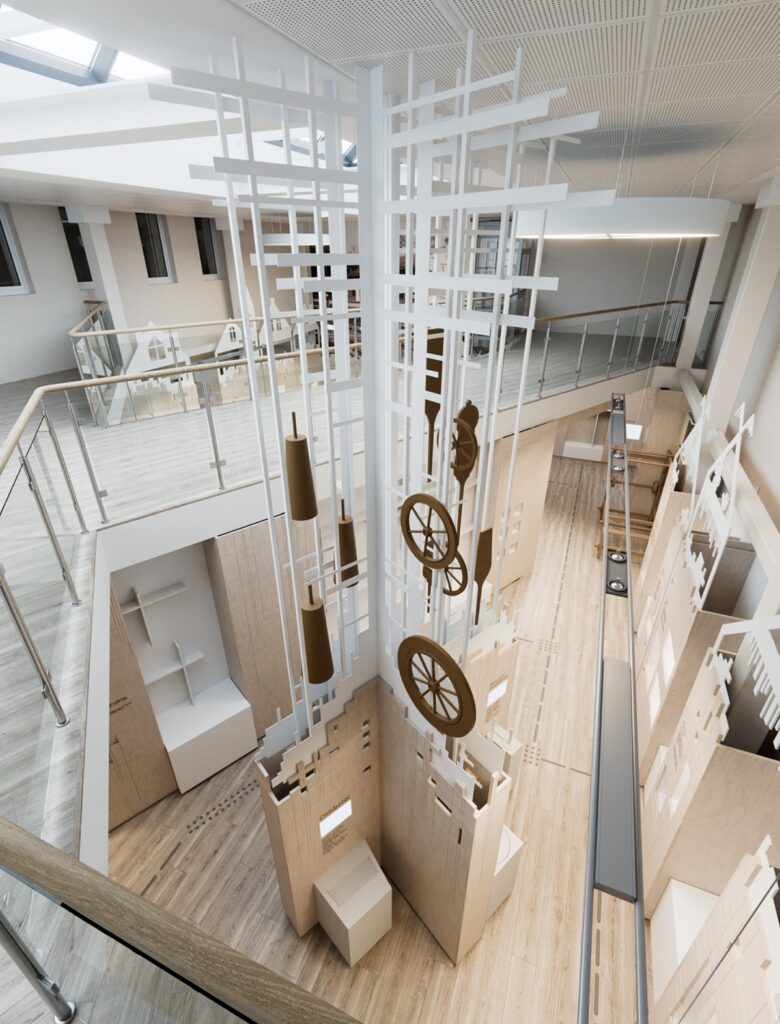Ignalina Regional Museum, with 3 more partners in Lithuania and Latvia, has received funding under the Interreg VI-A Latvia–Lithuania Programme 2021–2027 (2nd Call) for the project “MATOMI. Modern Art of Technologies to Open Museums for Innovation.”
Project partners in Lithuania are the Utena Regional Museum and the Zarasai Regional Museum. Latvia is represented by the Latgale Planning Region, which will involve the Rothko Museum and 10 other regional museums.
The main goal of the project is to strengthen cultural tourism by modernizing regional museum exhibitions and adapting them to the needs of contemporary visitors.
With the implementation of the newly launched MATOMI project, the exhibition spaces of the four participating museums will be significantly transformed. To enrich visitor experience, interactive installations presenting regional heritage from different perspectives will be introduced over a two-year period.
The project solutions are designed to highlight the thematic uniqueness of the museums and the local heritage, with particular attention given to visitor engagement.
For example, upon entering the exhibition hall of the Ignalina Regional Museum, visitors will be greeted by an interactive screen featuring a timeline of Ignalina’s history. This timeline will present the most important historical periods, cultural and archaeological heritage, as well as the region’s economic and social development. Another interactive feature, the installation “Through the Keyhole”, will showcase selected topics from the history of the Ignalina district. The most impressive installation — planned to be 5 meters high and viewable from all sides — will be dedicated to traditional crafts, household work, and music-making. Visitors will be able to try out these activities with specially designed tools, experiencing them in a tangible and engaging way.
EU-funded projects usually have relatively short implementation periods, which require thorough preparation. For this reason, as soon as the MATOMI project began, the team immediately engaged in intensive planning and the first tasks. The first partner meeting took place at the Zarasai Regional Museum, where the main responsibilities were discussed and an activity plan was drawn up. Although these preparatory works are not visible to the public, they are crucial for achieving the set goals and turning the planned results into reality, so that, as soon as possible, visitors can be invited to explore the innovations and discover the region’s heritage in new ways.







